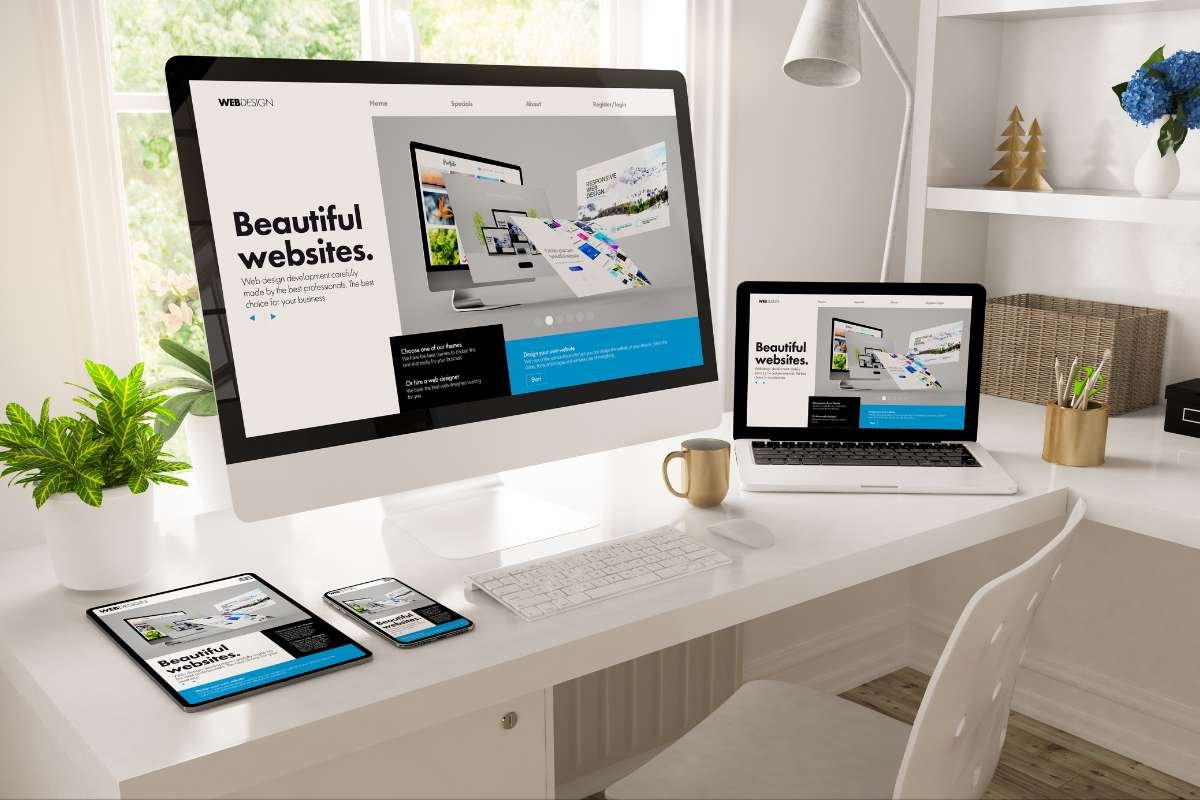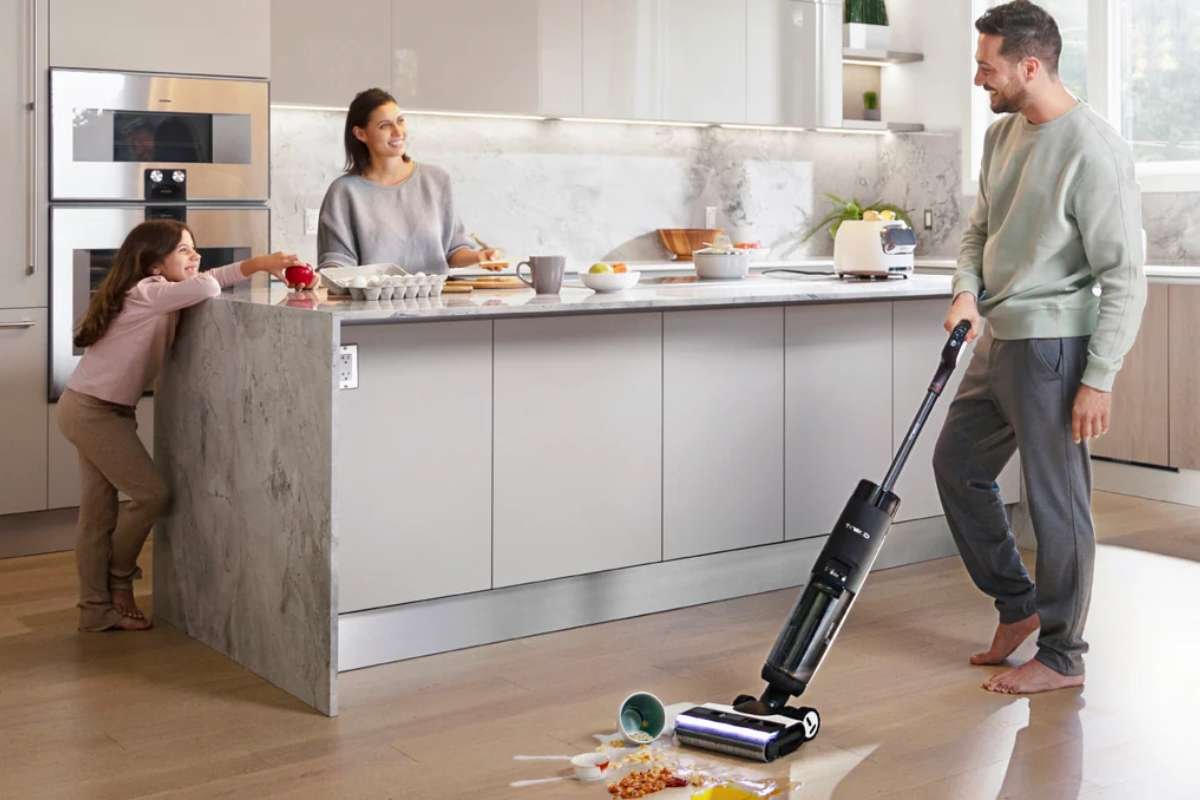We live in an age where being connected, comfortable, and safe depends heavily on electricity. From heating and cooling systems to medical devices, internet routers, and kitchen appliances, modern homes can’t function without power. That’s why having a battery backup for home use, along with some form of portable power, has shifted from a luxury to a necessity. As extreme weather events, grid instability, and rising energy costs become more common, home power backups are increasingly seen as a smart and essential investment.
The Growing Threat of Power Outages
In recent years, power outages have become more frequent and more disruptive. Aging infrastructure, wildfires, winter storms, and overloaded grids are all contributing to this growing problem. For some, losing power is a short-lived inconvenience. For others—especially those with young children, the elderly, or anyone relying on electricity for medical reasons—blackouts can be dangerous.
It’s no longer just about a few candles and flashlights. A sudden loss of power can mean spoiled food, unusable medical equipment, communication blackouts, or even unlivable indoor temperatures. In this environment, having a battery backup for home use isn’t just practical—it’s critical.
How Battery Backups Work?

Home Power Backups store electricity for use during power outages or when the grid is inaccessible. These systems may operate independently by charging during off-peak grid hours or function alongside renewable energy sources such as solar panels.
When the grid goes down, the backup kicks in—automatically or manually, depending on the system—and begins supplying electricity to the essential parts of your home. That could be your refrigerator, lights, modem, medical devices, or other critical equipment.
Battery backups are silent, emission-free, and require far less maintenance than gas-powered generators. They also offer a longer-term, more sustainable solution that fits easily into a modern household.
The Role of Portable Power
While whole-home backups provide long-term support during outages, portable power options fill in the gaps. These compact, rechargeable units are ideal for quick deployment, travel, or use in situations where mobility is key. If you need to move a power source from room to room or take it with you on the road, a portable system gives you that flexibility.
Portable power supplies are especially useful during emergencies when you may need to relocate or share electricity with neighbors or family. They’re also great for powering individual devices and smaller appliances when a full home battery system isn’t necessary.
Use Cases That Are Increasingly Common
Let’s take a closer look at where Home Power Backups and portable power prove their worth.

- Storm Season Protection: During hurricane, wildfire, or winter storm seasons, grid outages can last for hours or even days. Having a battery backup ensures you can still access vital devices and keep food safe.
- Work From Home Continuity: As remote work continues to grow, staying connected during an outage is essential. A battery system can keep your router, computer, and phone charged and online.
- Medical Security: For those relying on CPAP machines, refrigerated medications, or electric wheelchairs, power security is non-negotiable. A reliable backup ensures their health and safety aren’t compromised.
- Energy Bill Management: Some systems allow for time-of-use energy savings by drawing from the battery during peak grid hours. This can help reduce energy bills over time.
- Sustainable Living: Pairing home battery backups with solar panels makes it possible to store and use clean energy, reducing both your dependence on fossil fuels and your environmental footprint.
Making the Right Choice

Not every home requires the same level of backup power. Some households may benefit from Home Power Backups designed to support multiple rooms, while others might only need targeted systems for essential appliances. That’s where hybrid strategies come into play—combining stationary Home Power Backups with portable units delivers flexible and reliable coverage.
For example, a portable unit can be used for short outages, outdoor work, or travel, while a larger home battery can cover major appliances and longer-term needs. Together, they create a flexible, scalable system that adapts to a wide range of situations.
When evaluating systems, consider capacity, recharge speed, number of output ports, and whether it integrates easily with solar panels. BLUETTI is one of the most trusted names in this space. Their Elite 200 V2 is especially effective for those looking for a powerful portable solution that also integrates well into a larger home power setup. It delivers 2,600W of continuous AC output (3,900W Power Lifting Mode) to support household essentials like fridges, TVs, and microwaves. It offers multiple output options and can be recharged by solar, wall, or vehicle power, making it a reliable partner for any emergency or off-grid scenario.
Final Thoughts
Power isn’t optional. In today’s connected world, having control over your electricity supply is a vital part of protecting your home and family. Battery backup for home use and portable power solutions aren’t just conveniences anymore—they’re smart, forward-thinking steps toward resilience and independence.
As climate uncertainty, rising costs, and grid vulnerabilities become part of daily life, it pays to be ready. With high-performance systems from reputable providers like BLUETTI, you can build a power strategy that fits your lifestyle and stay one step ahead, no matter what comes next.


















